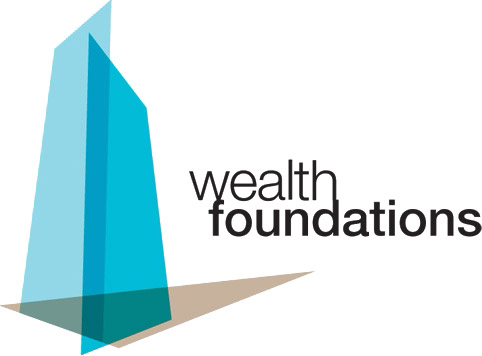

 Putting all your eggs in one basket may make you wealthy …
Putting all your eggs in one basket may make you wealthy …
Most people are attracted to the idea of becoming fabulously wealthy by being a substantial and early investor in the next Microsoft, Google or, the latest technology darling, Facebook. But they generally understand that the chances of selecting such “winners” are slim.
However, it is not widely understood that although a large holding in a single investment has the potential to make you much richer, it is far more likely that it will result in you being worse off than if you had adopted a more diversified investment strategy.
This article examines, particularly, the risk of a single share investment compared with an investment in the total share market. It is a little technical, but its message is clear. Concentrated share and other asset holdings increase the chance you will underperform relevant asset class benchmarks and magnify the risks associated with achieving a desired financial outcome. They add to investment risk but, on average, bring no additional return.
… But the odds are against it
For purposes of illustration, let’s assume the expected return of the total Australian share market for the foreseeable future is 8% p.a., after-inflation. On a market weighted basis, the expected return of the average individual share must, therefore, also be 8% p.a., as all individual shares make up the market.
For the total market, volatility (or variation of annual returns about the average) is expected to be about 16% p.a. i.e. there is a 68% chance that in any future year, returns will vary between -8% and 24%. However, the volatility of the average individual share will be considerably higher than that of the market because the volatility reducing benefits of diversification are completely foregone when holding a single share.
Historically, the volatility of the average share has been about double that of the total share market. For our discussion, we will assume volatility of the average individual share of 32% p.a. Of course, it will be lower for some shares and much higher for others.
Based on these assumed, not unrealistic, characteristics for the total share market (i.e. expected return of 8% p.a. and volatility of 16% p.a.) and the average individual share (i.e. expected return of 8% p.a. and volatility of 32% p.a.), we randomly generate 5,000 values for the growth of a $10,000 investment in both the total share market and the average share over:
- One year;
- Ten years; and
- Thirty years.
Chart 1 below shows the spread of possible values at the end of one year.
It reveals that the average growth for both the individual share and total share market investment is the same – $10,820 or 8.2%. This is not surprising as the simulations were generated using the same expected return.
What may be surprising is that the middle or median growth values differ. The middle outcome for the individual share investment is only $10,320 (or a return of 3.2%), compared with $10,680 (a return of 6.8%) for the total share market.
The greater volatility of the individual share investment results in some very high growth possibilities (see far right ends of chart) that raise the average. But these are offset by the larger number of lower (than average) growth outcomes that reduce the middle or median value. As a result, the analysis suggests that the individual share investment can be expected to outperform the total share market investment only about 40% of the time over a 1 year period.
As the investment period lengthens, the discrepancy between the median values increases. Chart 2 below shows the range of growth values for 5,000 simulations for a ten year period.
Again, the averages are approximately the same (representing the expected return of 8.0% p.a.), but the greater individual share volatility results in a median of only $14,500 (or a return of 3.8% p.a.) compared with a total share market median of $19,380 (or 6.8% p.a.). The analysis implies that over ten years, our average individual share is only expected to outperform the total share market 25% of the time – not a good bet!
But for a 30 year investment period, the single share investment almost becomes like buying a ticket in a lottery. Chart 3 below reveals that the median growth for the single share investment of $28,410 is only 39% of that for the total share market investment of $72,240.
The chart also implies that the single share investment is expected to outperform the total share market only about 10% of the time. Of course, when it does outperform it may significantly outperform and this is the lottery type lure of the highly concentrated investment. But like the lottery, the odds of success are not good!
Smart investors play the odds
While the above analysis is simplified and illustrative, the suggestion that a single share investment has a 75% chance of underperforming the total share market over a 10 year period and a 90% chance over a 30 year period should be taken seriously.
While you may not shoot the lights out, compared with single share (or heavily concentrated) investments a broadly diversified (both across and within asset classes) investment portfolio offers:
- the likelihood of outperformance;
- less variability in investment returns; and
- a much reduced chance of a very poor investment experience.
Investment, at any time, is fraught with uncertainty. Smart investors don’t compound this uncertainty by ignoring the odds.




1 Comment. Leave new
[…] share holdings add significantly to portfolio risk and, over extended periods of time, are expected to underperform the total share market. Individual shares may fall heavily (and, potentially, to zero), even in markets that are […]